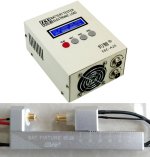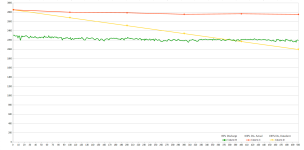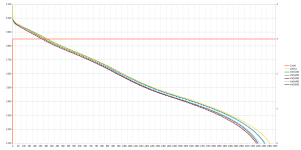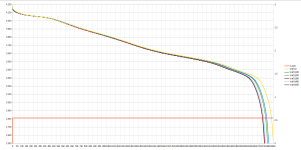Cool! Will you sell me your testing equipment for cheap then? Since you won't be needing it anymore I mean :wink:
Sad to loose you as a resource though. Your work is really interesting. I'm sure a lot of people would chip in a few $ for your work if you had some sort of donation thing going.
Sad to loose you as a resource though. Your work is really interesting. I'm sure a lot of people would chip in a few $ for your work if you had some sort of donation thing going.
Can't see how though, without access to everyone's equipment and information about lots of other factors probably long lost by now.docware said:Wrong, it´s not easy, however it´s possible.





